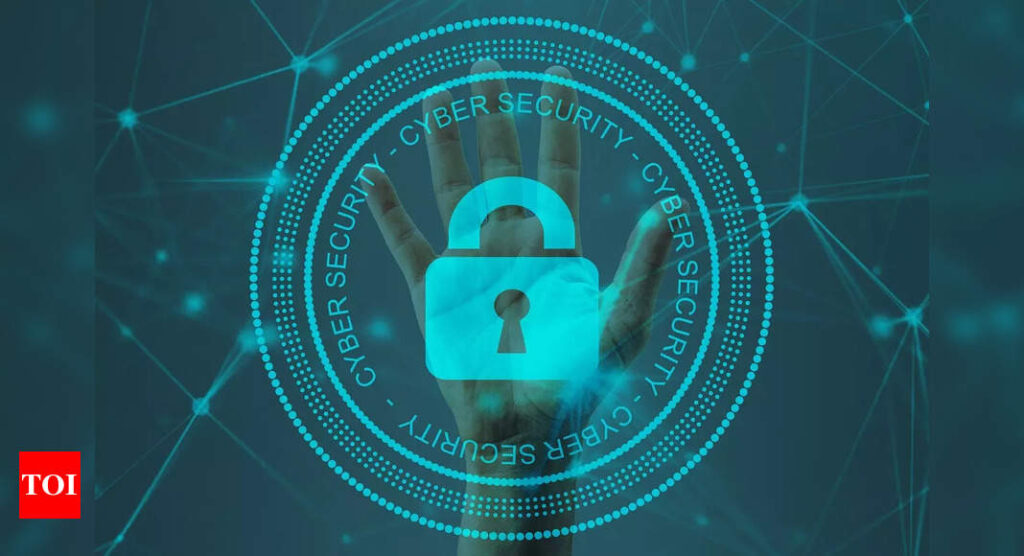[ad_1]
The goal of a whaling attack is to trick the victim into revealing sensitive information, such as login credentials, financial information, or trade secrets.In some cases, attackers may also try to trick the victim into making wire transfers or authorising otherfinancial transactions.
Whaling attacks are a major threat to businesses, as they can result in significant financial losses, reputational damage, and even legal liability.
How whaling attacks work
Whaling attackers typically use a combination of social engineering and technical techniques to carry out their attacks. They may gather information about their targets from social media, company websites, and other sources. They may also use malware to steal login credentials or other sensitive information.
Once the attackers have enough information about their targets, they will send them a carefully crafted email or other message. The message may appear to be from a legitimate source, such as a colleague, a customer, or a vendor. The message may also contain urgent or sensitive information that is designed to pressure the victim into acting quickly without thinking.
If the victim falls for the attack, they may reveal sensitive information or take other actions that could harm the company.
“Whaling attacks are a sophisticated and highly targeted form of phishing that poses a significant threat to organisations, especially since they target high-profile employees. By understanding what whaling attacks look like and implementing preventive measures, companies can reduce the risk of falling victim to these scams,” says Harish Kumar GS, Head of Sales, India and SAARC, Check Point Software Technologies.
How to protect yourself from whaling attacks
There are a number of things that you can do to protect yourself from whaling attacks.
- Be aware of whaling attacks. The first step to protecting yourself from whaling attacks is to be aware of them. Educate yourself about how whaling attacks work and how to identify them.
- Be suspicious of unexpected emails. If you receive an email from someone you don’t know, or if the email seems too good to be true, be suspicious. Do not click on any links in the email, and do not open any attachments.
- Verify the sender’s identity. If you are unsure about the sender of an email, try to verify their identity. You can do this by calling the sender, sending them an email, or looking them up on the company’s website.
- Be careful about what information you share. Do not share sensitive information, such as your login credentials or financial information, with anyone you do not know and trust.
- Use strong passwords. Use strong passwords for all of your online accounts, and do not use the same password for multiple accounts.
- Keep your software up to date. Make sure that your computer and software are up to date with the latest security patches.
- Report suspicious emails. If you receive a suspicious email, report it to your IT department.
Tips for businesses
In addition to the tips above, businesses can also take steps to protect themselves from whaling attacks.
- Educate employees about whaling attacks. Train your employees about how whaling attacks work and how to identify them.
- Implement security controls. Implement security controls, such as email filtering and web filtering, to block malicious emails and websites.
- Monitor for suspicious activity. Monitor your network for suspicious activity, such as unusual login attempts or large data transfers.
- Have a plan for responding to whaling attacks. Have a plan in place for responding to whaling attacks, such as notifying law enforcement and resetting the victim’s passwords.
Whaling attacks are a serious threat, but they can be prevented by taking the right precautions. By being aware of the threat, educating yourself and your employees, and implementing security controls, you can help to protect your company from these attacks.
[ad_2]
Source link











More Stories
Google Maps: Three privacy features coming to Google Maps on Android, iPhones
Most-Downloaded IPhone App: This Chinese app was the most-downloaded iPhone app in the US in 2023
Ukraine’s largest mobile operator goes offline for millions of users after cyber attack